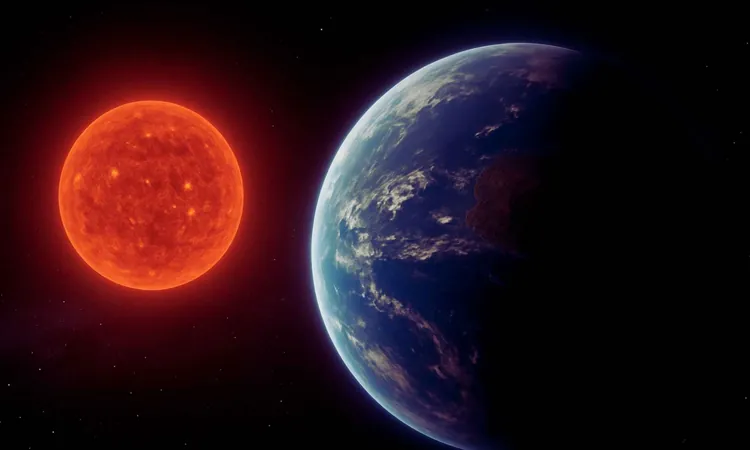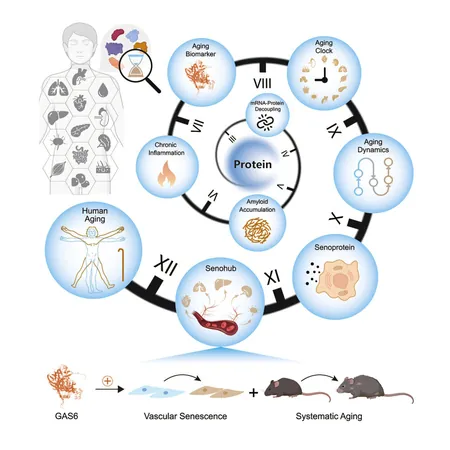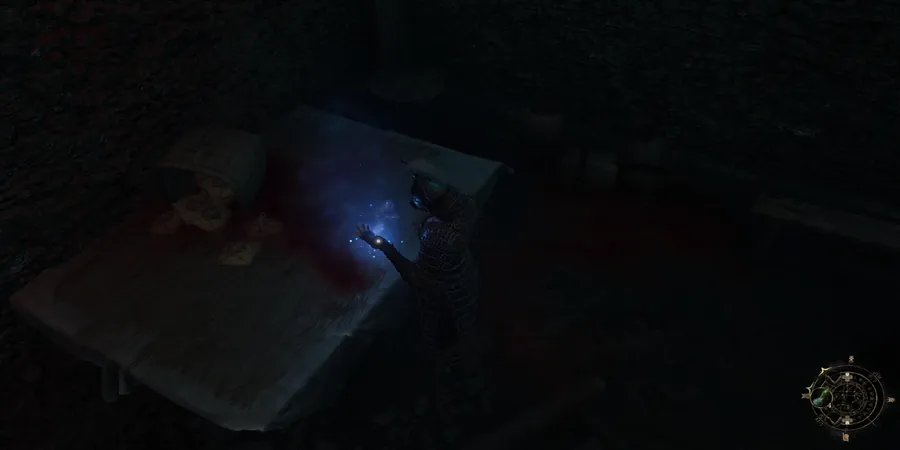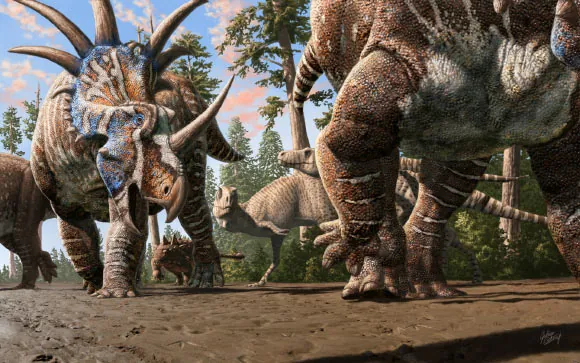
NASA Unveils Stunning Discovery of 'Super-Earth' with Possible Oceans Near Red Dwarf Star!
2025-07-12
Author: Jacques
In an exciting reveal, NASA has pinpointed a brand-new 'super-Earth' located a mere 154 light-years away in the constellation Lyra. This intriguing planetary discovery, tagged TOI-11846 b, was confirmed following the analysis of a faint starlight flicker detected by the Transiting Exoplanet Survey Satellite (TESS) back in March 2025.
Led by Abderahmane Soubkiou and a team from the Oukaimeden Observatory in Morocco, researchers collaborated with observers across four continents to confirm the presence of this captivating exoplanet. Combining ground-based telescope imagery with data from TESS, they successfully traced the signal to this fascinating world.
What Makes TOI-11846 b Special?
The 'super-Earth' is nearly double the size of our planet and boasts a mass approximately four times greater. Its unique composition suggests a rocky core with a potential icy layer underneath—perhaps even a thin atmosphere or shallow oceans. Scientists speculate that, despite scorching surface temperatures around 600°F, water could still exist, as the planet may always face the same side toward its star.
TOI-11846 b orbits its red dwarf star in just under four days, far closer than Mercury's relationship with our Sun. This proximity raises exciting questions about its atmosphere and potential for hosting life!
Unlocking the Secrets of the Radius Gap!
Astronomers have noted a perplexing radius gap at around 1.8 Earth radii, known as the radius valley, which separates rocky super-Earths from gaseous sub-Neptunes. Examining planets like TOI-11846 b—bright in infrared—could provide essential insights into this mystery.
The planet’s clear characteristics allow scientists to measure potential hydrogen envelopes, giving them a chance to detect heavier molecules like water vapor and carbon dioxide, leading to a better understanding of atmospheric evolution in similar systems.
Why Red Dwarfs Are Key to Discoveries!
Red dwarfs, comprising about 75% of the stars in our galaxy, are smaller and cooler, making them prime candidates for discovering small planets using the transit method. Their low brightness allows planets in the habitable zone to orbit closely, increasing our chances of observing meaningful transits.
This proximity enables astronomers to gather valuable data on whether these exoplanets could retain atmospheres or even harbor liquid water.
What Lies Ahead for TOI-11846 b?
The research team is gearing up for further exploration using the MAROON-X instrument on Gemini North in Hawaii. This tool will help precisely measure the star's wobble, confirming TOI-11846 b’s mass and searching for any sibling planets that may be lurking nearby.
Additionally, transit timing campaigns aim to discover more potential planets in the system, with hopes that a second, more distant world may support a more temperate environment conducive to liquid water.
Searching for Life in Extraordinary Conditions!
While TOI-11846 b may be too hot to harbor life as we know it, studying such extreme environments can inform scientists about how atmospheres evolve around small stars. Should the upcoming James Webb Space Telescope (JWST) focus on TOI-11846 b, its mid-infrared spectrometers could detect vapors like steam or methane, enriching our understanding of habitability in outer worlds.
This incredible discovery underscores the significance of our ongoing search for Earth-like planets. Each exoplanet confirms an exciting piece of a much larger cosmic puzzle, bringing us closer to finding potentially habitable worlds amongst the stars.









 Brasil (PT)
Brasil (PT)
 Canada (EN)
Canada (EN)
 Chile (ES)
Chile (ES)
 Česko (CS)
Česko (CS)
 대한민국 (KO)
대한민국 (KO)
 España (ES)
España (ES)
 France (FR)
France (FR)
 Hong Kong (EN)
Hong Kong (EN)
 Italia (IT)
Italia (IT)
 日本 (JA)
日本 (JA)
 Magyarország (HU)
Magyarország (HU)
 Norge (NO)
Norge (NO)
 Polska (PL)
Polska (PL)
 Schweiz (DE)
Schweiz (DE)
 Singapore (EN)
Singapore (EN)
 Sverige (SV)
Sverige (SV)
 Suomi (FI)
Suomi (FI)
 Türkiye (TR)
Türkiye (TR)
 الإمارات العربية المتحدة (AR)
الإمارات العربية المتحدة (AR)